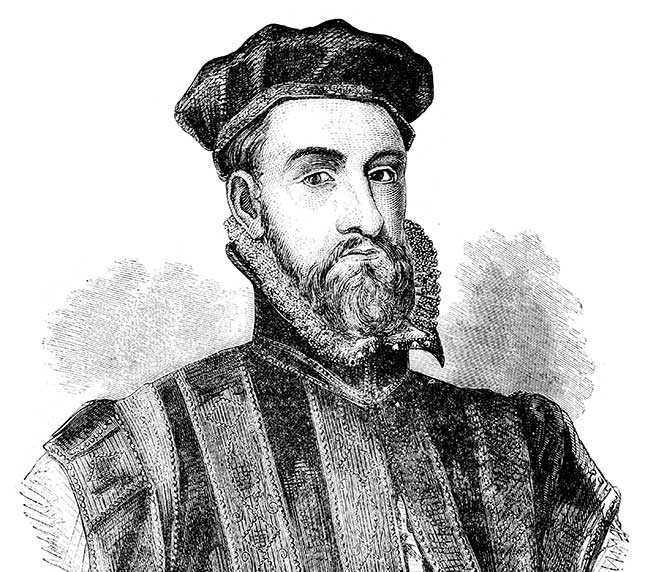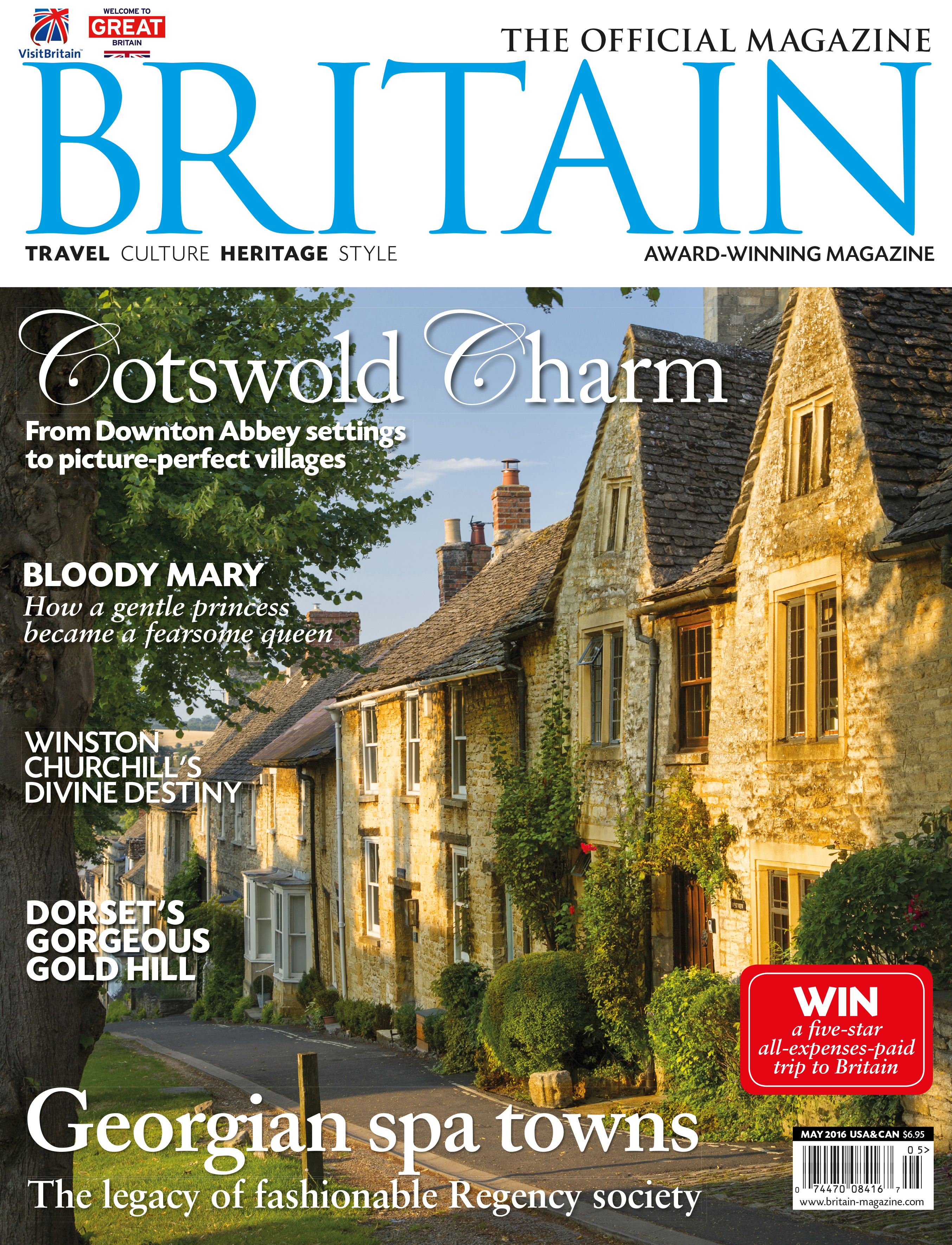With Tudor Times we profile a different figure every month. Here, Melita Thomas explores the Scottish Lord James Stewart, Regent Moray.

Lord James Stewart, the Regent Moray (c. 1531 – 1570) is not widely remembered today, but was a pivotal figure in the politics of mid-16th century Scotland. His espousing of Protestantism in the late 1550s and his decision to join the Protestant Lords of the Congregation in opposition to the Catholic Regent, Marie of Guise, played a significant part in the establishment of the new faith.
But just as James was not the most important figure in the Reformation – that accolade belonging to John Knox – neither was he more than second fiddle politically. As the illegitimate son of James V, he was superseded by his half-sister, Mary, who became Queen of Scots in 1542.
In 1561, when Mary contemplated returning to Scotland from France where she had been married and widowed, James, eager to take control, and perhaps assuming he could easily dominate an 18-year-old woman, rushed to France where he convinced Mary that in order to be accepted she must confirm the recent Parliamentary establishment of Protestantism as the religion of Scotland.
Mary took up personal rule in August 1561, and for the next few years, James was her most influential advisor. She gave him the wealthy and prestigious Earldom of Moray and made a favourite of his wife, Agnes Keith, to whom he was deeply attached, but by 1565 Mary was becoming restive under Moray’s dominance and they quarrelled over her choice of a husband.
Mary’s selection of the Catholic Lord Darnley undermined Moray’s determination to keep Scotland in alliance with Protestant England. In common with many of his co-religionists Moray feared that France or Spain would seek to reimpose Catholicism by force and the best way to minimise the risk was for Scotland and England to stand together.
After four years of following Moray’s advice and pandering to Elizabeth, in hopes of being recognised as heir to the English throne, Mary was frustrated by Elizabeth’s prevarication, and determined to go her own way. The Queen was further irritated when Moray capitulated over the marriage to Darnley, but only if Mary would let him undertake the whole negotiation and order matters as he wished. This was too great a usurpation of her power and Mary refused. She married Darnley out of hand, and, faced by armed rebellion from Moray, drove him into exile in England.
But Moray was not Darnley’s only enemy. The Lords, disgusted with his arrogance and ambition, hatched a plot to blacken Darnley by playing on his jealousy of Mary’s Secretary, Riccio. They agreed a bond with Darnley, which Moray also signed, planning the removal of Riccio, believing this would put Darnley in their power. While the bond did not state exactly what was to be done with Riccio, it cannot have been a surprise to Moray when the secretary was murdered within earshot of the pregnant Queen. The next day Moray returned to Edinburgh and Mary, unaware of his involvement, forgave him for his earlier transgressions.
In 1567, Darnley was assassinated. Even after 450 years, the apportionment of blame continues to be controversial. Was it Bothwell, who soon after abducted and married the Queen? Was Mary party to either the assassination or her abduction, or both? Or was Moray behind the whole scheme, in cahoots with his friend Sir William Cecil, Elizabeth I’s Secretary? This is certainly a plausible theory, although dependant on Bothwell falling into the trap laid for him and undertaking the actual assassination.
Within weeks of Darnley’s death, Moray left Scotland – distancing himself from events, and avoiding supporting his sister through the tumult which toppled her from her throne. Moray was urgently summoned back to take up the Regency for his nephew, crowned as James VI. Initially, he had fairly widespread support, but Mary escaped from captivity and raised an army, which Moray defeated at the Battle of Langside, in 1568.
Mary fled to England, putting Elizabeth I into a quandary – the Protestant Moray had shown himself a good friend to England and Elizabeth wished to maintain his government without appearing to encourage rebels. A commission was called to investigate whether Mary was responsible for Darnley’s murder or was the innocent victim of rebellion, deserving of military aid. Moray, who had been secretly assured that the English government had no intention of letting Mary leave England, attended, armed with the apparently incriminating Casket Letters, which most modern scholars believe were largely forged. The Commission failed to reach a conclusion, leaving Moray to retain power, safe in the knowledge that Mary would remain captive, her name blackened without trial.
The purity of Moray’s motives was considered suspect by some, particularly his old enemies the Hamiltons, and the King’s Party, supporting Moray’s Regency, and the Queen’s Party, were soon at loggerheads. In January 1570, Moray was shot in Linlithgow by Sir James Hamilton, dying the same day.
He was buried in the High Kirk of St Giles, with the funeral oration read by John Knox, who extolled Moray’s virtues as “the good Regent”. We will never know for sure if Moray was an accomplice to murder, or whether he smoothly took advantage of events to gain the power and wealth that the accident of his birth had once seemed to deprive him of.







 © 2024
© 2024